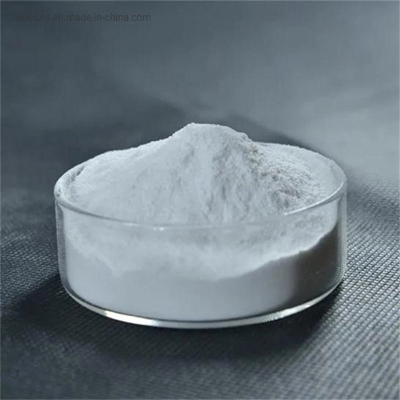The function and identification of Alpinia officinalis
-
Last Update: 2012-10-16
-
Source: Internet
-
Author: User
Search more information of high quality chemicals, good prices and reliable suppliers, visit
www.echemi.com
Alpinia officinale, also known as Liangjiang and ManJiang, is the rhizome of Alpinia officinale It was first recorded in the distinguished doctor's record It was named after the ancient gaoliangjun At the end of summer and the beginning of autumn every year, the rhizome growing for 4-6 years shall be dug, the stem, leaf, fibrous root and scale shall be removed, cut into small sections and dried to be used as medicine Mainly produced in Guangdong, Hainan, Guangxi, Yunnan and other provinces, Taiwan also produced It has the functions of warming stomach, dispersing cold, promoting qi and relieving pain It is commonly used in the treatment of cold in the spleen and stomach, cold pain in the abdomen, vomiting and diarrhea, nausea and vomiting, food stagnation, belching and acid swallowing Among the commodities, the dried rhizome of Alpinia oxyphylla, a plant of the same family, pretends to be galangal The real Alpinia officinale has a cylindrical appearance, many bends and branches, with a diameter of 1-1.5cm and a length of 0.2cm-1cm It has fine longitudinal wrinkles and wavy links on the surface, round fine root traces on the lower side, dark reddish brown on the surface, fragrant smell and spicy taste A simple chemical test method can also be used: 1 The color of the real product is yellow green when the alcohol extract is heated 2 Aluminum trichloride is used as fluorescent reaction, which is also yellow green 3 The reaction of vanillic acid and concentrated sulfuric acid is light purplish red The appearance of the fake Yizhi dried rhizome is similar to that of the real one, but its size is large, its diameter is between 1.5-3cm, its internode length is 1-3cm, its surface is free of longitudinal wrinkles and fine root traces, and it is reddish brown to tan; it smells slightly and has a slight fragrance, but it is not as fragrant as the real one, and its taste is not as spicy as the real one After the chemical test, the alcohol extract showed light yellow green after heating, the fluorescence reaction was brown, and the concentrated sulfuric acid reaction was colorless Modern pharmacological research shows that the 100% Decoction of Alpinia officinale has different degrees of antibacterial effect on anthrax, hemolytic streptococcus, diphtheria and diphtheria like bacteria, pneumococcus, all kinds of Staphylococcus, subtilis, etc., while the fake Yizhi is the same family plant with Alpinia officinale, but it does not have all the effects of the real product, so it can not replace Alpinia officinale.
This article is an English version of an article which is originally in the Chinese language on echemi.com and is provided for information purposes only.
This website makes no representation or warranty of any kind, either expressed or implied, as to the accuracy, completeness ownership or reliability of
the article or any translations thereof. If you have any concerns or complaints relating to the article, please send an email, providing a detailed
description of the concern or complaint, to
service@echemi.com. A staff member will contact you within 5 working days. Once verified, infringing content
will be removed immediately.







